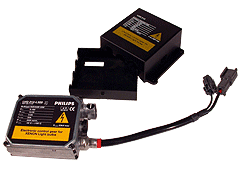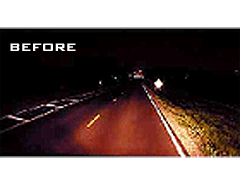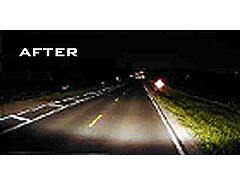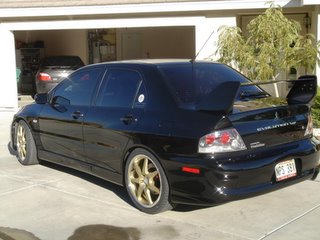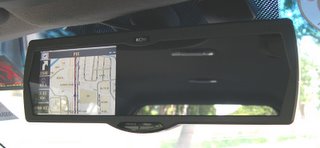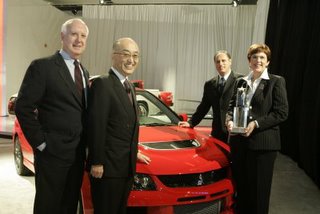 H U R R I C A N E A I R F I L T E R : I n t r o d u c t i o n
H U R R I C A N E A I R F I L T E R : I n t r o d u c t i o n
The air intake system of any combustion engine is very critical. A well designed air intake system will give the best performance in low, mid and high-end torque.
The air intake system usually incorporate a simple filter element for prevention of foreign objects. This simple filter is usually made of paper or fibre which is low cost and needs to be replaced periodically. This simple filter although gives good filtration, but it also restrict air from entering into
the engine.
After market drop in panel air filters are introduce to give better air flow. This usually come in the form of cotton(sandwhiched by wire gauze), sponge, or high quality fibre. Most of these filters need oil to trap particles. The disadvantages are:
• Needs dedicated cleaning solution and oiling
• Not easy to maintain
• Fine oil droplets with dust contaminate mass air
flow sensor
H U R R I C A N E A I R F I L T E R : W h y H u r r i c a n e ?
Hurricane believes in quality and performance. Hurricane Air Filter Element uses Japan's highest rust proof Stainless Steel for our filter element.
The uniform microscopic holes on Hurricane wire mesh ensures very consistent filtration and airflow. Thus allowing engines to breathe better as compared to the inconsistency airflow of cotton/foam filter.
With a simple Hurricane panel filter, you can expect a decent horse power gain from mid to high RPM. Acceleration is smoother and faster. The feeling is like changing to an open pod air filter.
Hurricane filter will still deliver its promised filtration without compromise under extreme temperature. The filter element is strong and will not be easily shifted even under
extreme pressure.
Unlike oil-based filters, Hurricane filter causes lesser contamination to the MAF Sensor due to the absence of oil. (Note: Oil + Dust = Sticky Dirt)
Hurricane filter frames are made from specially treated rubber instead of injection molding, thus ensuring a stronger structure and longer lifespan.
FUEL SAVER
With a noticeable increase in torque and power due to an easier breathing engine, one may gain extra mileage of up to 10% just by changing to Hurricane Stainless Steel Air Filter with the same driving style
SIMPLEST IN MAINTENANCE
Hurricane Filters are the easiest to maintain. Just use water and light soap. Blow dry and its ready to use ! Cleaning is recommended during every oil change of 5,000km
or 10,000km.
| Benefits |
| More Power, Smoother Acceleration | Increase in Power due to higher air flow. Significant Mid to high end torque gain |
| Prolong lifespan of MAF sensor | No more contamination of
MAF sensor |
| Easiest to Maintain | No Oiling needed, Wash and blow dry. |
| Longer lasting, more durable than other leading brands | Element made from Stainless Steel, frame made from high quality treated rubber. Will not melt or warp melt under
extreme heat. |
| Fully LTA Compliant | Fitting Hurricane air filter will not affect the structural integrity of the vehicle. |
 Stop without skidding, and maintain control of the vehicle. That's the premise of ABS. It was first introduced in the 1980's and has been undergoing constant refinement ever since. The system is typically comprised of 4 ABS rings, 4 sensors, an ABS computer and a pressure-management system in the brake line. The ABS rings are attached either to the wheels, or more often, to the brake discs.
Stop without skidding, and maintain control of the vehicle. That's the premise of ABS. It was first introduced in the 1980's and has been undergoing constant refinement ever since. The system is typically comprised of 4 ABS rings, 4 sensors, an ABS computer and a pressure-management system in the brake line. The ABS rings are attached either to the wheels, or more often, to the brake discs. 